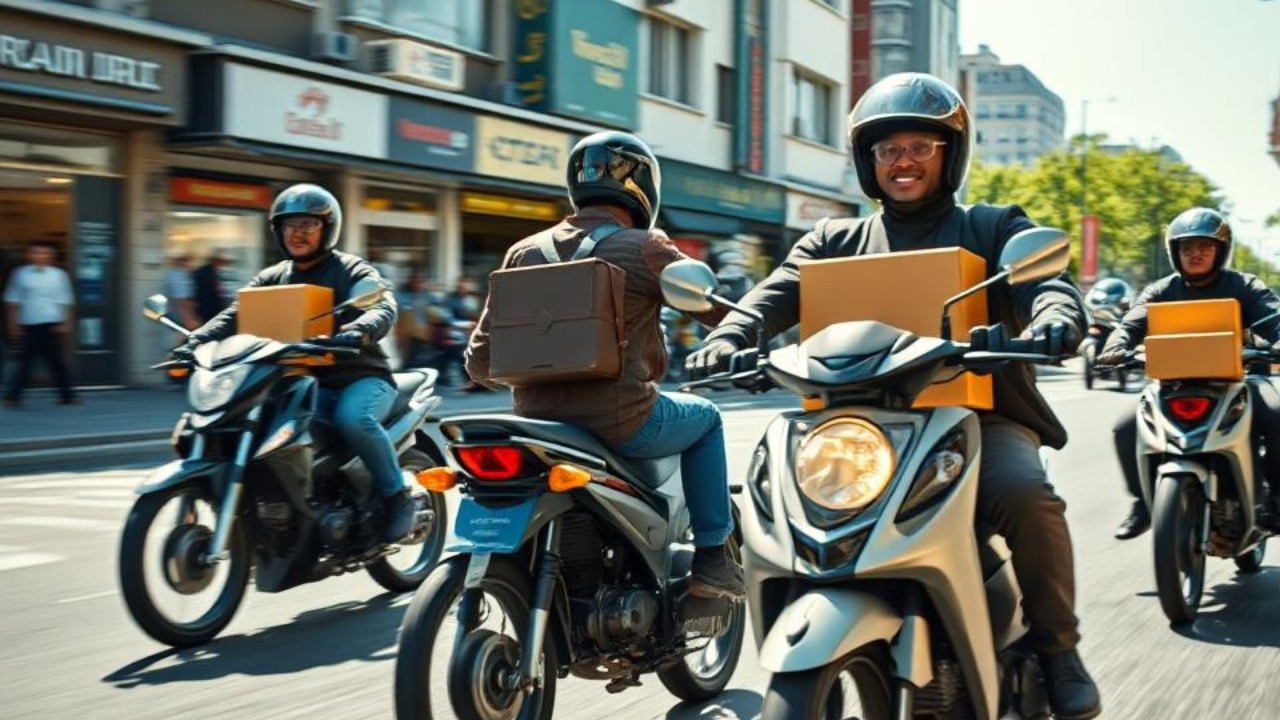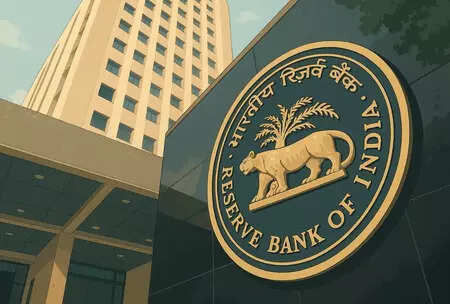India’s quick commerce sector is rapidly expanding in metros, but faces hurdles in non-metro cities due to weak demand, low digital adoption, and strong local shopping habits. While the sector has grown significantly, non-metros contribute a small portion of GMV, highlighting the challenges of building profitable businesses in these areas.
The Quick Commerce Revolution: Why Your City Matters
We’ve all felt it: that sudden craving, the forgotten ingredient, the urgent need for… well, something, delivered now. This is the promise of quick commerce, or “q-commerce” as it’s often called, and it’s reshaping how we shop. But behind the flashy ads and promises of lightning-fast delivery lies a fascinating story of uneven growth, a tale of two Indias divided by infrastructure, demographics, and, ultimately, demand.
While the q-commerce sector is booming overall, a closer look reveals that the party is happening almost exclusively in the big cities. Metros like Mumbai, Delhi, Bangalore, and Hyderabad are driving the revolution, gobbling up the convenience of 10-minute grocery runs and same-day deliveries like there’s no tomorrow. Meanwhile, smaller towns and cities are lagging far behind, struggling to keep pace despite showing impressive growth percentages from a much smaller base.
Think of it like this: imagine a rocket taking off. The initial burst of speed is impressive, but the real journey, the sustained climb into orbit, requires more than just initial enthusiasm. It needs infrastructure, a reliable support system, and a clear trajectory. That’s where the divide lies in India’s quick commerce landscape.
Metros: The Epicenter of India’s Quick Commerce Boom
The numbers paint a clear picture. Metros account for a staggering 80% of the entire quick commerce market in India. This dominance isn’t accidental. It’s fueled by a potent cocktail of factors: high population density, a tech-savvy consumer base, better infrastructure (roads, internet connectivity, delivery networks), and a higher disposable income.
For residents of these bustling urban centers, time is often the most valuable commodity. The convenience of ordering groceries, personal care products, or even electronics and having them delivered within minutes is simply too good to pass up. Plus, the sheer volume of orders in these cities allows quick commerce companies to optimize their logistics, reduce delivery costs, and offer competitive pricing, further fueling demand. The image below depicts the demand for quick commerce in metropolitan areas.
“`html

“`
This isn’t to say the journey in metros is without bumps. Traffic congestion, a constant headache, can sometimes throw a wrench into the best-laid delivery plans. Also, competition is fierce, with multiple players vying for the same customers, leading to a constant battle for market share through discounts and promotions.
Small Towns: Catching Up, But a Long Way to Go
The situation in smaller towns and cities is markedly different. While these areas have witnessed a substantial growth rate of around 150% in the quick commerce sector, their overall contribution to the market remains a relatively small 20%.
Several factors contribute to this slower adoption rate. Infrastructure limitations are a major hurdle. Poor road conditions, unreliable internet connectivity, and a less developed delivery ecosystem make it challenging for quick commerce companies to operate efficiently and profitably. Moreover, the consumer base in these areas tends to be more price-sensitive, and the perceived value of instant delivery may not outweigh the additional cost.
However, the potential for growth in these regions is undeniable. As internet penetration increases and infrastructure improves, smaller towns and cities are poised to become the next frontier for quick commerce. It’s about building trust and demonstrating value. Convincing consumers that the convenience of q-commerce is worth the price requires targeted marketing and a focus on addressing their specific needs. This includes tailoring product selections to local preferences and offering flexible delivery options.
The Road Ahead: Navigating the Quick Commerce Landscape
So, what does the future hold for quick commerce in India? The answer lies in bridging the gap between the metros and smaller towns. This requires a multi-pronged approach involving investments in infrastructure, strategic partnerships with local businesses, and a deep understanding of the unique consumer behaviors in different regions.
Quick commerce companies need to focus on building sustainable business models that are profitable not just in the short term, but also in the long run. This means optimizing logistics, reducing delivery costs, and developing innovative strategies to attract and retain customers.
Furthermore, companies need to adapt to local preferences and needs. Offering a diverse range of products tailored to regional tastes, partnering with local vendors, and offering flexible delivery options can help build trust and loyalty among consumers in smaller towns and cities. You can see how this might relate to our discussion on improving local SEO strategies.
Ultimately, the success of quick commerce in India hinges on its ability to cater to the diverse needs of its vast and varied population.
Conclusion:
The Indian quick commerce landscape is a fascinating reflection of the country’s economic and social disparities. While metros are leading the charge, smaller towns hold immense potential for growth. By addressing infrastructure challenges, adapting to local preferences, and building sustainable business models, the quick commerce industry can unlock its full potential and revolutionize the way India shops.







